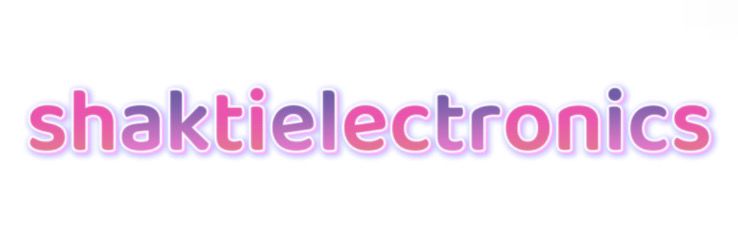Ensuring Safety: Wireless Solutions for Hazardous Areas
Jun. 05, 2025
In today’s industrial landscape, ensuring safety in hazardous environments is a paramount concern for manufacturers and suppliers. Wireless solutions designed for hazardous areas have emerged as vital components in enhancing operational efficiency while minimizing risk. Industries such as oil and gas, chemical processing, and pharmaceuticals operate in environments where the presence of flammable gases, combustible dust, or hazardous materials can lead to catastrophic incidents if safety protocols are not meticulously followed. As a result, the demand for reliable wireless solutions suited for these environments has surged tremendously.
Contact us to discuss your requirements of hazardous area wireless. Our experienced sales team can help you identify the options that best suit your needs.
Purchasing wireless solutions for hazardous areas poses various challenges due to strict regulatory requirements and the inherent risks associated with these environments. Buyers need to be well-versed in the standards that govern the deployment of wireless technology in such contexts, including the International Electrotechnical Commission (IEC) standards and National Fire Protection Association (NFPA) guidelines. Regulatory compliance ensures that any wireless equipment used can withstand the conditions present in hazardous areas while also providing ongoing performance reliability.
One of the foremost concerns when selecting appropriate wireless systems is understanding the classification of hazardous areas. These areas are categorized based on the presence of flammable materials, classified into Zones (for gases) or Groups (for dust). It is crucial for buyers to engage with suppliers who can provide equipment certified for the specific zone classifications relevant to their operations. Equipment that has been properly certified not only assures safety but also mitigates liability risks should an incident occur.
Another critical factor is ensuring that the wireless solutions have robust communication protocols. In hazardous environments, the potential for interference from environmental conditions can compromise the integrity of signals. Buyers should seek solutions that use advanced communication standards, such as WirelessHART or ISA100, which are designed for industrial applications and provide a resilient network infrastructure. These standards allow for secure, reliable data transmission even in the face of potential disruptions, ensuring that real-time data monitoring and alerts can continue unimpeded.
With the integration of IoT (Internet of Things) technology, there has been a significant shift in how industries manage hazardous area operations. Wireless sensors and remote monitoring tools contribute to enhanced safety and efficiency by providing continuous surveillance and data analysis. Buyers must focus on solutions that are not only designed for safety in hazardous locations but also offer real-time data analytics capabilities. This allows for proactive decision-making and helps in identifying potential issues before they escalate into serious hazards.
Scalability and adaptability are also key considerations for buyers strategizing investments in hazardous area wireless solutions. Industries frequently undergo expansion or modification of their operational processes which can alter the dynamics of their working environments. Therefore, it is essential to select wireless systems that can easily adapt to changes, including the possibility of integration with existing infrastructure without extensive overhauls. Many modern wireless solutions offer modular designs that simplify scaling and adjustments, yielding long-term cost savings.
When selecting suppliers, buyers should prioritize those with a proven track record in hazardous area solutions. A reputable supplier will not only provide high-quality equipment but also be a reliable partner through the lifecycle of the system, offering support with installation, maintenance, and ongoing training to staff. This partnership can be invaluable in ensuring that the systems remain compliant and operational over time, especially in an industry where safety cannot be compromised.
In conclusion, the landscape of purchasing wireless solutions for hazardous areas is heavily influenced by safety, compliance, and technological advancement. Buyers must navigate numerous factors like area classification, communication protocols, data analytics capabilities, scalability, and supplier reliability. With the right approach, industries can successfully implement wireless solutions that not only protect their workforce and assets but also enhance their overall efficiency and productivity in hazardous environments.
If you want to learn more, please visit our website flameproof terminal box.
23
0
0
Previous: None

Comments
All Comments (0)